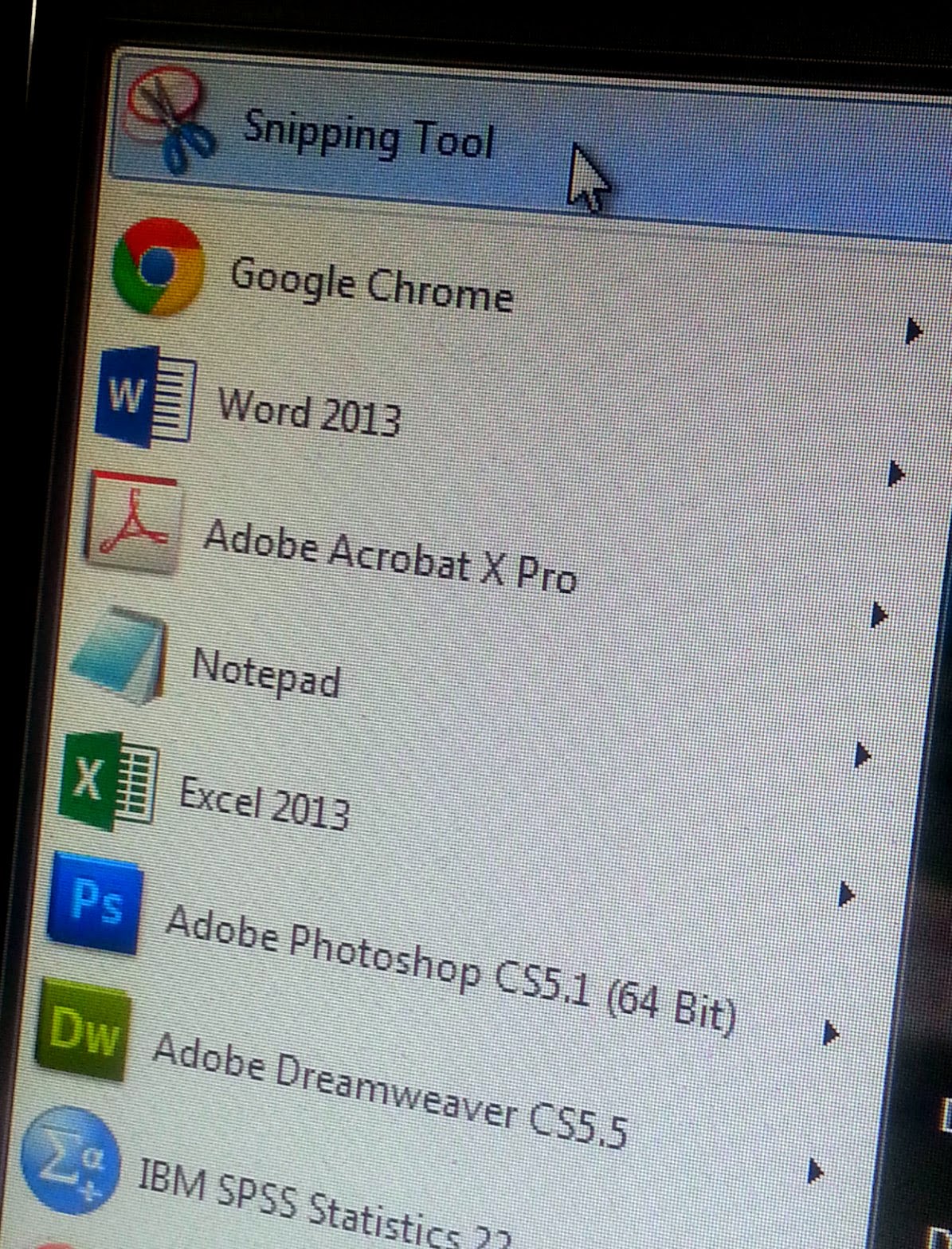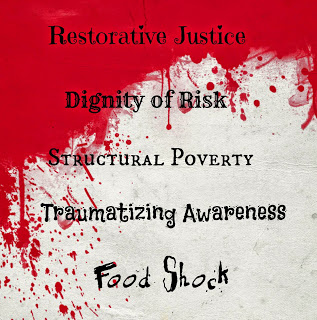Art vs Access: Thoughts on the Art of Making Beautiful Boy
Yesterday was the final showing of Beautiful Boy at a local arthouse movie theater here. I HAD to catch the movie. I couldn’t let it end its brief run here without making an effort. I had read Beautiful Boy (by David Sheff) and some of Tweak (by Nick Sheff) to prepare myself to watch the movie. (P.S. I also cared about the message of the film, of course.) Does that sound odd? Maybe it does –sound somewhat odd. It’s that chicken or egg argument. Do you watch a movie first to enjoy it in all its glory, without hopefully any misperception or bias? Does reading the source book ruin your viewing pleasure? Would you have unfair expectations of the movie then? Or, would you watch it after reading the book and see how the moviemakers interpreted the book?
Too Jumpy? A common critique of the movie is that it jumps too often to flashbacks that are not arranged chronologically. This seemed to disrupt the flow of the movie and prevented it from reaching a climactic finish. In this aspect, if you haven’t read any of the books, you may have some trouble trying to tie the sequences together.
Having read the books, I didn’t find the movie disjointed. I did wonder why some major scenes in the book were left out. Maybe they were not crucial to an understanding of drug addiction? But I found it difficult to understand how that could be — David Sheff had a brain haemorrhage in part due to the stress and fear of losing his son to drug addiction (he became obsessed with and addicted to the pursuit of saving his son); Nick prostituted and sold drugs to support his drug addiction. These would have strengthened the message of the devastation that drug addiction could have on the user and the families involved. The question then becomes one of interpretation and selection of scenes when it comes to adapting a book into a movie. I’m intrigued as to what criteria were used to select book scenes/acts and include them in a movie.
Creative Interpretation? Besides the last question (in the previous paragraph), I am curious about the entire process of putting together the movie’s message — the narrative, appropriate scenes, music, sound, editing — and what it takes to make it coherent (“less jumpy”). How much has been left on the editing floor? With what’s left on the reel, was the narrative flow sufficiently discernible and clear to viewers? I feel that the monologue that came at the end of the credits roll might have been missed by many and this would have been a significant omission to viewers. At my local theater, I was the only person left standing to watch and listen to Chalamet read Charles Bukowski’s poem, “Let It Enfold You.” I knew something was coming up at the end of the credits because I was clued in by Chalamet’s fandom. But I hadn’t bothered to google for what was to come. Apparently, Bukowski’s poem had appeared in an earlier scene when he was in college and I only have some vague recollection of it. I couldn’t put two and two together until I did some research after the movie. This final monologue is important to the movie and offers a closure to the final scene which ended with a crying Chalamet and Carrell in an embrace. Moving the final poetry reading up as the credits are rolling would have reached more audiences than placing it right after the credits ended? I waited painfully for the long credits to end, forcing my husband to remain with me because I had to know what dishy scene was coming up next that might involve Chalamet. Unless you are a Chalamet fan, you would likely not stay. After all, even the theater crew was there, waiting for us to get out so that he could get the theater ready for the next show.
Access versus Art. So this decision applies to all the creative products we make in our professions. May be a bit of the “Form versus function” debate. I want both. I want to create learning products that demonstrate both dimensions. But when it comes to a decision where I have to choose one or the other, I would choose access. I want to reach more people with my creation and to help more people with that creation.
But watch Beautiful Boy, and talk about it after that. It’s an important movie. And stay until the very end.



